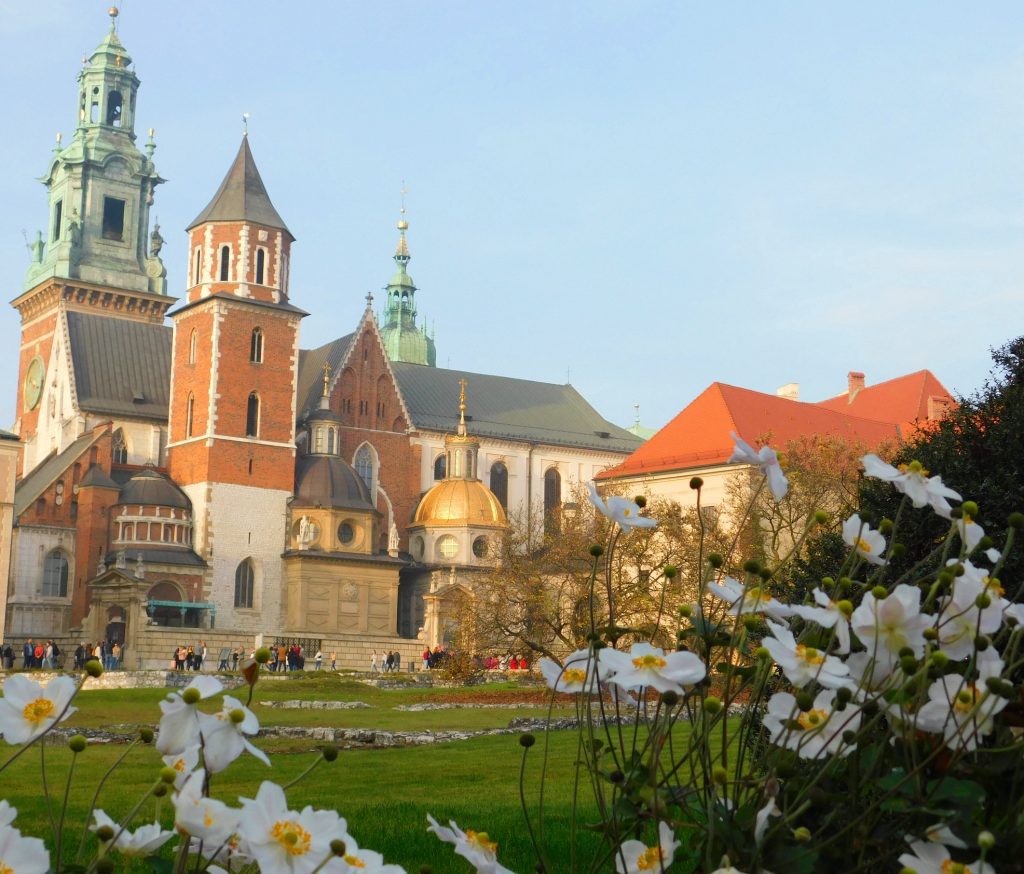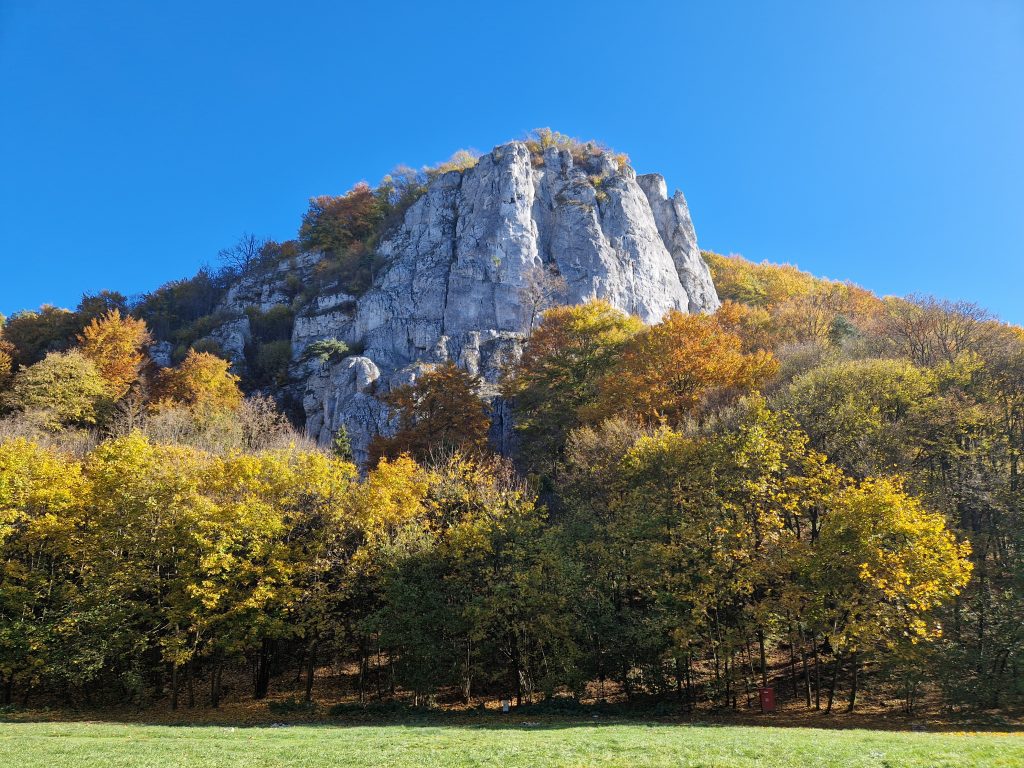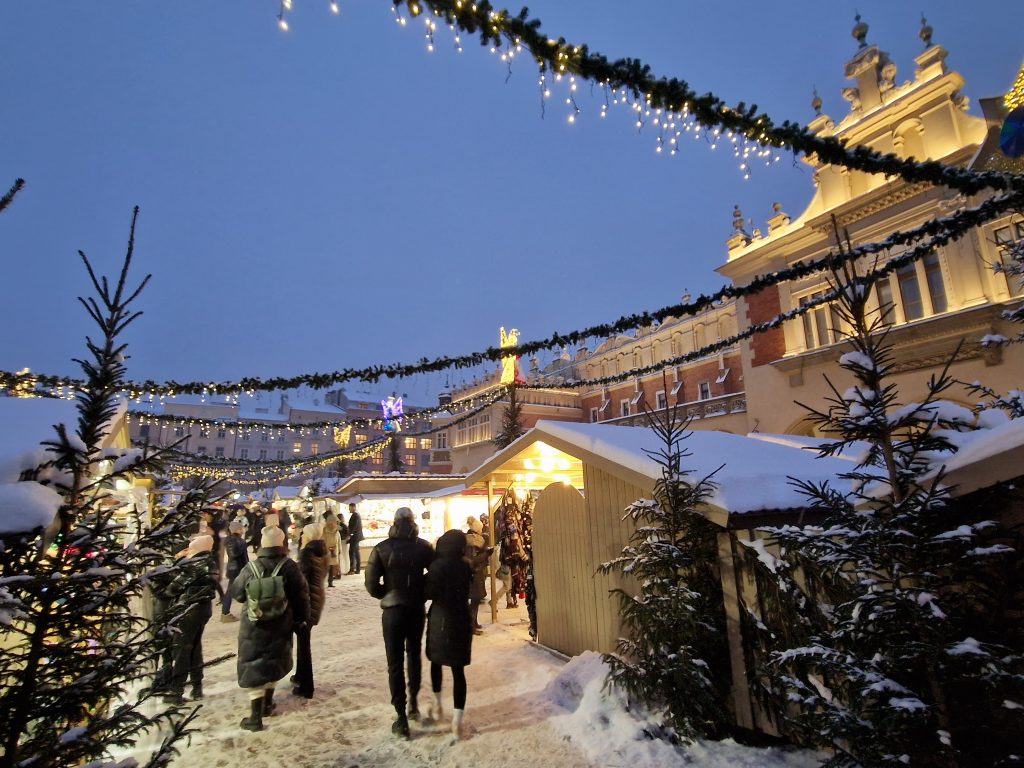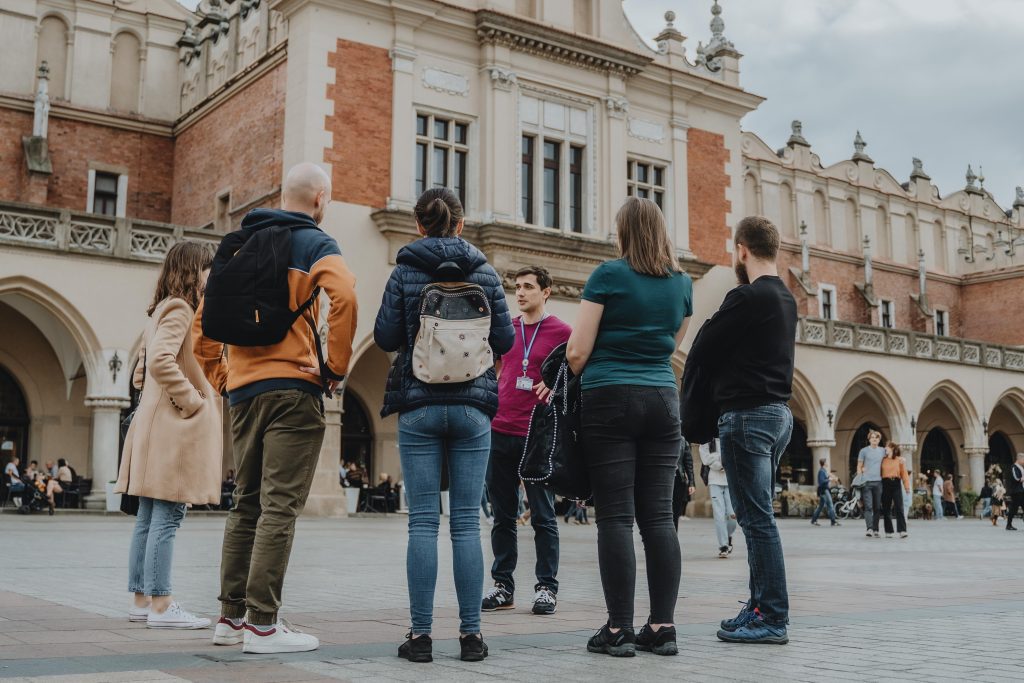Poland is a country rich in history, culture, and stunning landscapes, making it an increasingly popular travel destination. However, the best time to visit depends on what you want to experience. Here’s a breakdown of Poland’s seasons to help you choose the perfect time for your trip.
Spring (March to May)

Pros:
- Mild Weather: Spring marks the end of winter, with temperatures gradually warming up. By May, you can expect pleasant weather, ideal for sightseeing.
- Blooming Nature: This is the season when parks and gardens burst into bloom, especially in cities like Kraków and Warsaw.
- Fewer Crowds: Tourist crowds are relatively light in early spring, allowing for a more intimate experience of Poland’s sights.
Cons:
- Unpredictable Weather: Early spring can still be quite chilly, with occasional rain, so packing layers is advisable.
Ideal For:
Nature lovers and those looking to avoid crowds while enjoying mild weather.
Summer (June to August)

Pros:
- Warm Weather: Summer is the warmest time to visit, with temperatures often reaching the high 20s to low 30s Celsius (mid-70s to mid-80s Fahrenheit).
- Festivals and Events: Many cultural festivals, outdoor concerts, and events take place during the summer, showcasing Poland’s vibrant traditions and modern culture.
- Long Days: The long daylight hours provide ample time for exploration.
Cons:
- Tourist Crowds: Major cities and tourist hotspots can be crowded, especially in July and August. Prices for accommodation may also be higher during peak season.
Ideal For:
Travelers looking to enjoy outdoor activities, festivals, and a lively atmosphere.
Autumn (September to November)

Pros:
- Stunning Fall Foliage: The changing leaves create breathtaking scenery, particularly in places like Białowieża Forest and the Tatra Mountains.
- Mild Temperatures: Early autumn is typically mild and comfortable, making it an excellent time for hiking and sightseeing.
- Cultural Events: Autumn is also a great time to experience traditional harvest festivals and local food markets.
Cons:
- Cooler Weather: As autumn progresses, temperatures can drop quickly, and rain becomes more frequent.
Ideal For:
Photographers and nature enthusiasts, as well as those who appreciate a more relaxed travel experience.
Winter (December to February)

Pros:
- Winter Wonderland: If you enjoy winter sports, the Tatra and Beskidy Mountains offer excellent skiing opportunities. Cities like Wrocław and Kraków are beautifully decorated for the Christmas season.
- Fewer Tourists: Winter sees significantly fewer tourists, allowing you to explore Poland’s historic sites in peace.
- Festive Atmosphere: Christmas markets are prevalent, offering local crafts, foods, and a magical ambiance.
Cons:
- Cold Weather: Expect cold temperatures, often dipping below freezing, and snow in many areas. Make sure to bundle up!
Ideal For:
Winter sports enthusiasts and travelers seeking a unique holiday experience with festive charm.
Year-Round Tours in Kraków

No matter when you choose to visit, we invite tourists all year round to join our local tours in Kraków! Whether you’re interested in exploring the historic Old Town, delving into the poignant history of the Jewish Quarter, or discovering the stunning Wieliczka Salt Mine, our knowledgeable guides will enhance your experience with fascinating insights and stories.
Conclusion
Poland is a country that offers something for every type of traveler, no matter the season. Whether you prefer the lively energy of summer, the tranquil beauty of spring and autumn, or the enchanting allure of winter, planning your visit according to the season can enhance your experience.
Consider what activities you’d like to enjoy, and pack accordingly to make the most of your trip. With its rich culture and stunning landscapes, Poland is sure to captivate you at any time of the year!